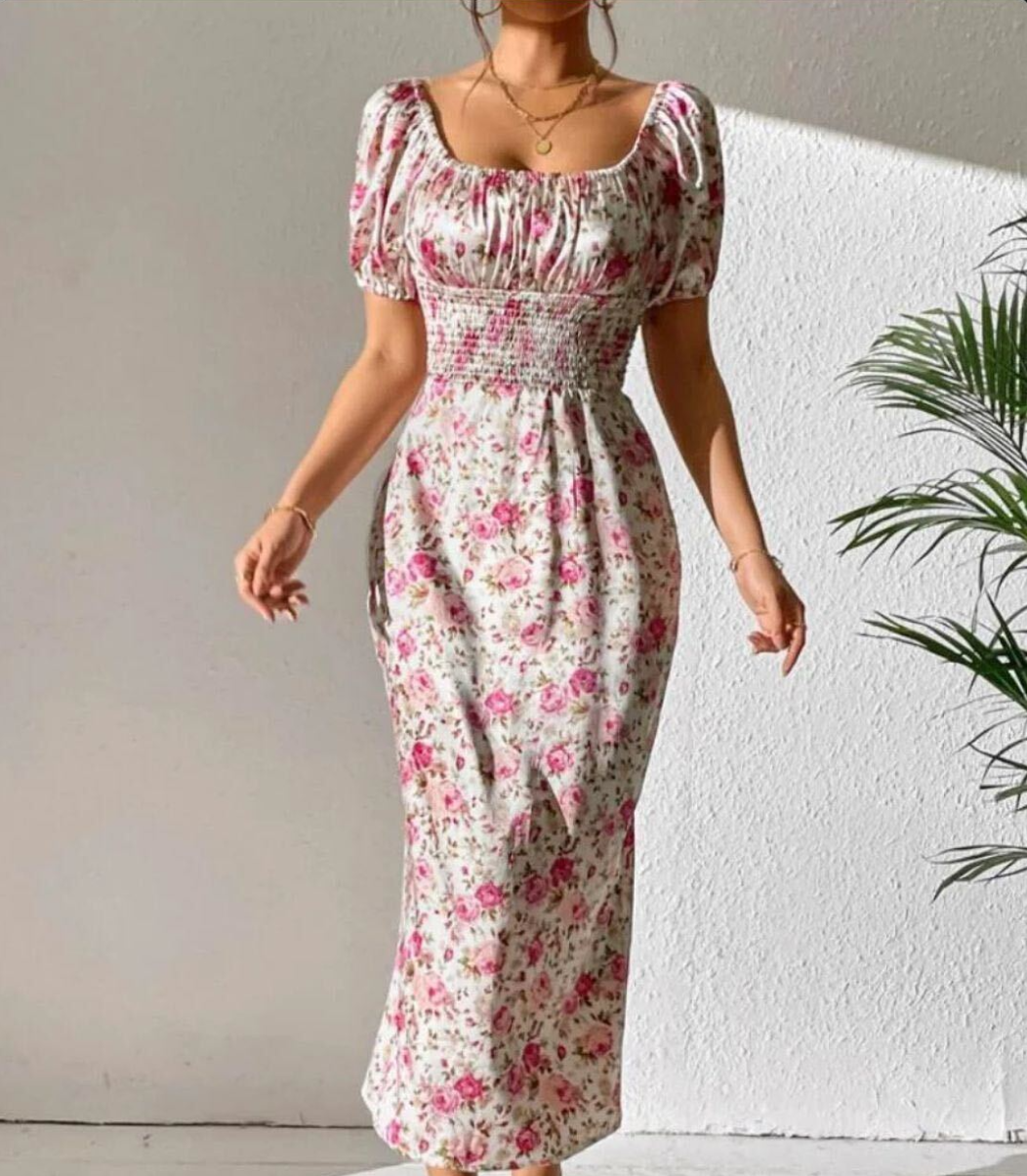What to Wear (and Not to Wear) to a Prison Visit
Updated on 7/20/2023
As you’re probably well aware, keeping in touch with an incarcerated loved one is incredibly important – both for your relationship and for their mental well-being.
While the Pigeonly team has developed a number of services to help people stay in contact with their loved ones as they serve out their jail or prison sentence, we also know that these options pale in comparison to being able to actually visit your loved one – even if only for a short period of time.
Though we’ve provided a guide for visiting incarcerated individuals on our blog in the past, we thought it’d be a good idea to expand on one very important section:
The prison visitor’s dress code.
So, we’re going to dive a bit deeper into exactly what you should – and should not – wear when visiting an incarcerated loved one.
What to Wear – and Not to Wear – During a Visit to Prison
In order to be as explicit as possible, we’re going to break this article into four main sections, each focusing on what can and cannot be worn on a specific part of the body when visiting a loved one in jail or prison.
(For each section, we’ll also be sure to cover what’s acceptable for both men and women.)
Before we get started, one very important thing to mention is that you should be sure that the clothes you wear don’t resemble the color or style of the inmates’ clothing. Be sure to check with prison administration beforehand, as this might preclude you from wearing certain colors that you might not have considered, such as dark green, dark blue, or brown.
Now, without further ado:
Let’s start at the top.
Headwear and Accessories
When it comes to headwear, a good rule of thumb is this:
If you don’t need it, don’t wear it.
Hats, hoods, caps, du-rags, and any other nonessential head covering are prohibited when visiting an incarcerated individual.
(However, individuals who wear head or facial coverings for religious purposes will be allowed to do so. In these cases, the visitor will be brought to a private room before being admitted into the prison, where a guard of the same gender will confirm their identity.)
Accessories such as hair clips, bobby pins, headbands and scrunchies must pass through a metal detector without issue.
Additionally, it’s typically up to the administration’s discretion as to whether such accessories are too “flashy”.
while plain hair-ties and bobby pins will likely be acceptable, hair-related accessories that are meant to call attention to the individual will likely need to be left behind.
Similarly, jewelry such as earrings, nose rings, etc. will typically not be allowed – especially if they don’t pass through a metal detector without issue.
Jewelry or necklaces that are not threatning and are religious most likely will be accepted during your visit.
Again, while modest accessories (such as plain ball or stud earrings) might not be too much of a problem, your best bet is to leave your jewelry at home. Now, let’s move on to more essential articles of clothing.
Upper-Body Clothing
Here’s where things start to get much more gender-specific…
When visiting an incarcerated loved one, men are expected to wear plain, sleeved shirts. Long- or short-sleeved shirts are acceptable – but tank tops and shirts in which the underarm and chest are even partly visible are not.
Sweaters, sports jackets, and suit coats are typically accepted; however, men may be required to hang outerwear such as coats, jackets, and sweatshirts in a locker before being admitted into the prison’s meeting room.
Some typical articles of clothing men should avoid wearing include:
- Graphic T-Shirts (especially those with messages that could be considered vulgar or risque)
- Shirts with multiple pockets
- Zip-ups and hooded shirts (even when the hood is down)
While women must, of course, follow the same restrictions as mentioned above, there are a number of dress code limitations that are more applicable to them, as well.
As we touched on above, women cannot wear shirts that show any amount of their stomach, chest, or shoulders.
This includes spaghetti strap T-shirts, belly shirts, halter tops, and similar tops. While men also are not allowed to wear low-cut V-neck shirts, women should be extra-conservative in this regard, as even mildly low-cut shirts may inadvertently be too revealing.
Both men and women should take caution to ensure that their shirts and tops are in good repair when visiting their incarcerated loved one.
Clothes that are ripped, torn, or frayed may be deemed unacceptable, as they may reveal too much of the individual’s body (even if done so unintentionally).
One last thing to note regarding shirts and tops is that they need to be completely opaque. In other words, visitors should ensure their undershirts and/or bras are not visible through their overshirt or top at all.
Lower-Body Clothing
When it comes to the lower body, prison administrators are typically a bit more lenient – but not by much.
While sweatpants may be allowed, pajama bottoms definitely are not; if your sweatpants resemble PJs in the slightest, you’ll almost certainly be denied entrance to the prison visiting area.
Pants should also fit comfortably around your waist, with or without a belt. Low-riding pants that allow boxers or underwear to be seen are definitely not acceptable.
For men, khakis are your best bet (even jeans may not be accepted). Cargo pants and similar types of bottoms that feature numerous pockets should be avoided; while they might not be completely banned, it will still lead to more of a hassle, both for the guard in charge of searching the visitor and for the visitor themselves. Shorts are usually allowed, but they must reach roughly knee-level.
Why no blue jeans in prison?
The simple answer we can give you is that dress code for the inmates can include blue jeans and to avoid any issues the facilities just prefer visitors not to wear any blue jeans at all. Also to add a bit more some jeans that have metal and won’t pass the detectors. Meaning maybe no visit, and making the line longer.
Again, be sure that there are no rips or tears in your pants – especially around the knee, as well as the backside.
The same rules, of course, apply to women, as well.
While women are allowed to wear shorts, skirts.
Feel free to wear something feminine for your loved one like a dress, Just make sure it has a sleeve and they must at least reach knee lenght.
(source: Reddit/Prisonwives group)This will most likely make their day. We would suggest to take an extra pair of clothing JUST IN CASE.
Also talk it out with your loved one because he might not be comfortable with the outfit as other people can be looking at you.
Alright now lets keep moving ahead with tight-fitting bottoms, such as leggings, sweatpants, yoga pants, spandex, and leotard, are prohibited in most prisons and jails, as they present the risk of being too transparent and/or revealing.
Finally – and this probably goes without saying – but bathing suits and lingerie are not acceptable attire when visiting an inmate.
We probably don’t need to get into the rationale behind this, right? Moving on…
Footwear
Of all the sections of this article, this will be the most straightforward.
Simply put: when visiting a loved one in prison, you must be wearing footwear that completely encases your foot.
Sneakers, dress shoes, walking shoes, boots…as long as no part of your feet are visible, you should have no problem being admitted into the prison’s visiting area.
That said, footwear such as crocs, flip flops, sandals, and open-toed shoes are definitely not allowed.
While most prisons don’t specify any restrictions regarding heeled shoes, it’s best to err on the side of caution here, and opt for flat-soled footwear. As it might come down to the discretion of prison administration, there’s a chance that the team might consider heels – especially high heels – to potentially present a danger to you and to other visitors.
As discussed earlier, be sure that the shoes you wear are in good repair. While this might not be as important as ensuring your clothes aren’t torn or frayed, you still don’t want to give prison staff any reason to turn you away at the door
Lastly – and, again, this probably goes without saying – don’t show up barefoot. Just…don’t.
Wrapping Up
To be sure, dress codes vary depending on the institution you’re visiting, for a variety of reasons.
(For example, a minimum-security prison might not worry much about high heels, while a maximum-security institution might be much more strict in that regard.)
So, while this article has provided a general overview of what you should and should not wear when visiting an incarcerated loved one, you might want to contact the institution’s staff before your visit if you have doubts about a particular part of its dress code.
When in doubt, though, err on the side of caution. At the very least, consider bringing a spare change of clothes to leave in your car if an issue arises.
While you definitely want to look your best when visiting your loved one in prison, it’s much more important to actually be able to visit them in the first place.



